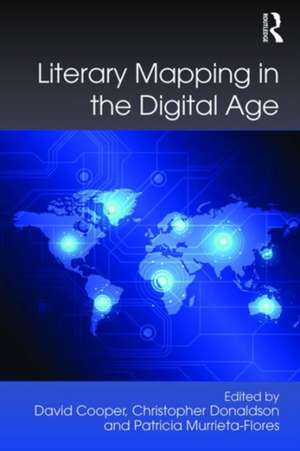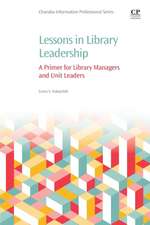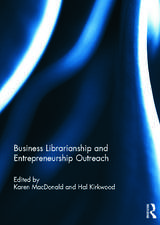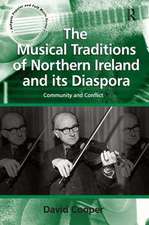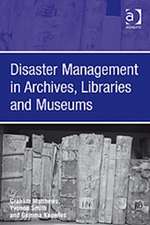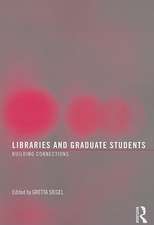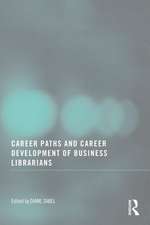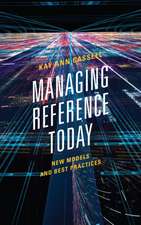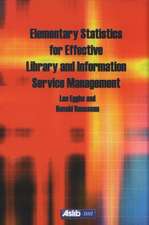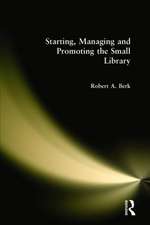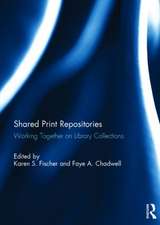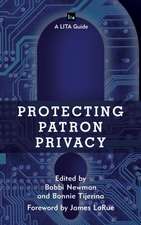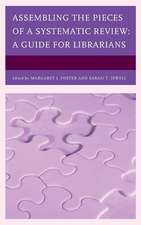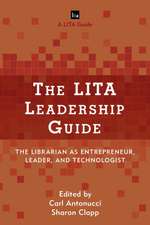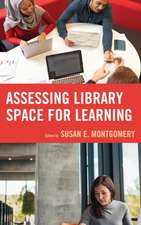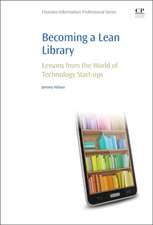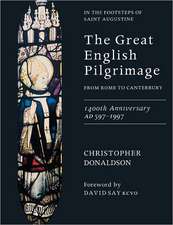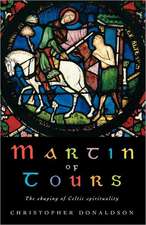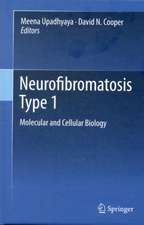Literary Mapping in the Digital Age: Digital Research in the Arts and Humanities
Editat de David Cooper, Christopher Donaldson, Patricia Murrieta-Floresen Limba Engleză Hardback – 27 mai 2016
Din seria Digital Research in the Arts and Humanities
- 20%
 Preț: 946.39 lei
Preț: 946.39 lei - 9%
 Preț: 936.00 lei
Preț: 936.00 lei - 20%
 Preț: 247.25 lei
Preț: 247.25 lei -
 Preț: 311.33 lei
Preț: 311.33 lei -
 Preț: 309.31 lei
Preț: 309.31 lei -
 Preț: 324.93 lei
Preț: 324.93 lei -
 Preț: 311.14 lei
Preț: 311.14 lei -
 Preț: 311.28 lei
Preț: 311.28 lei -
 Preț: 281.45 lei
Preț: 281.45 lei -
 Preț: 325.94 lei
Preț: 325.94 lei - 17%
 Preț: 338.33 lei
Preț: 338.33 lei - 16%
 Preț: 335.37 lei
Preț: 335.37 lei -
 Preț: 460.69 lei
Preț: 460.69 lei - 26%
 Preț: 323.32 lei
Preț: 323.32 lei - 18%
 Preț: 1003.64 lei
Preț: 1003.64 lei - 31%
 Preț: 766.31 lei
Preț: 766.31 lei - 18%
 Preț: 1000.27 lei
Preț: 1000.27 lei - 31%
 Preț: 764.20 lei
Preț: 764.20 lei -
 Preț: 401.09 lei
Preț: 401.09 lei - 20%
 Preț: 1053.91 lei
Preț: 1053.91 lei -
 Preț: 384.05 lei
Preț: 384.05 lei - 28%
 Preț: 819.90 lei
Preț: 819.90 lei -
 Preț: 417.03 lei
Preț: 417.03 lei - 16%
 Preț: 339.10 lei
Preț: 339.10 lei -
 Preț: 389.38 lei
Preț: 389.38 lei -
 Preț: 381.92 lei
Preț: 381.92 lei -
 Preț: 489.26 lei
Preț: 489.26 lei -
 Preț: 469.34 lei
Preț: 469.34 lei - 18%
 Preț: 1004.55 lei
Preț: 1004.55 lei - 18%
 Preț: 1005.67 lei
Preț: 1005.67 lei - 18%
 Preț: 999.46 lei
Preț: 999.46 lei - 18%
 Preț: 1005.97 lei
Preț: 1005.97 lei -
 Preț: 489.26 lei
Preț: 489.26 lei - 18%
 Preț: 1000.27 lei
Preț: 1000.27 lei - 18%
 Preț: 1058.65 lei
Preț: 1058.65 lei - 18%
 Preț: 1000.27 lei
Preț: 1000.27 lei - 16%
 Preț: 337.84 lei
Preț: 337.84 lei - 16%
 Preț: 311.31 lei
Preț: 311.31 lei - 13%
 Preț: 338.33 lei
Preț: 338.33 lei
Preț: 878.82 lei
Preț vechi: 1255.44 lei
-30% Nou
Puncte Express: 1318
Preț estimativ în valută:
168.22€ • 182.78$ • 141.39£
168.22€ • 182.78$ • 141.39£
Carte tipărită la comandă
Livrare economică 21 aprilie-05 mai
Preluare comenzi: 021 569.72.76
Specificații
ISBN-13: 9781472441300
ISBN-10: 1472441303
Pagini: 326
Ilustrații: 50
Dimensiuni: 156 x 234 x 23 mm
Greutate: 0.64 kg
Ediția:1
Editura: Taylor & Francis
Colecția Routledge
Seria Digital Research in the Arts and Humanities
Locul publicării:Oxford, United Kingdom
ISBN-10: 1472441303
Pagini: 326
Ilustrații: 50
Dimensiuni: 156 x 234 x 23 mm
Greutate: 0.64 kg
Ediția:1
Editura: Taylor & Francis
Colecția Routledge
Seria Digital Research in the Arts and Humanities
Locul publicării:Oxford, United Kingdom
Notă biografică
David Cooper is Senior Lecturer in English Literature at Manchester Metropolitan University, UK, Christopher Donaldson is a Lecturer in Romanticism at the University of Birmingham, UK and Patricia Murrieta-Flores is Director of the Digital Humanities Research Centre at the University of Chester, UK
Cuprins
List of Figures, List of Plates, List of Tables, List of Contributors, Series Preface, Acknowledgments, Introduction: Rethinking Literary Mapping, PART I. Mapping Methods: Systems, Approaches and Innovations, 1. Mapping the Emotions of London in Fiction, 1700–1900: A Crowdsourcing Experiment, 2. The Digital Poetics of Place-Names in Literary Edinburgh, 3. Geographical Text Analysis: Digital Cartographies of Lake District Literature, 4. Mapping Fiction: The Theories, Tools and Potentials of Literary Cartography, 5. Bloomsday’s Big Data: GIS, Social Media and James Joyce’s Ulysses, PART II. Mapping Practices: Places, Writers and Readers, 6. Mapping Fiction: Spatialising the Literary Work, 7. The Spatial Practices of Writing: Arnold Bennett and the Possibilities of Literary GIS, 8. Between ‘Distant’ and ‘Deep’ Digital Mapping: Walking the Plotlines of Cardiff’s Literary Geographies, 9. The Cestrian Book of the Dead: A Necrogeographic Survey of the Dee Estuary, PART III. Mapping Futures: Collecting, Curating and Creating, 10. Making the Invisible Visible: Place, Spatial Stories and Deep Maps, 11. From Mapping Text in Space to Experiencing Text in Place: Exploring Literary Virtual Geographies, 12. Spatial Frames of Reference for Literature Through Geospatial Technologies, 13. Geovisuality: Literary Implications, 14. ‘Setting the globe to spin’: Digital Mapping and Contemporary Literary Culture, Index
Descriere
This book offers the first intensive examination of digital literary cartography, a field whose recent and rapid development has yet to be coherently analysed and discussed. In undertaking this examination, this collection not only provides an authoritative account of the current state of the field, but also informs a new generation of digital humanities scholars about the critical, creative and pedagogical potentials of digital literary mapping. The book both showcases the work of exemplary literary mapping projects and provides the reader with an overview of the tools, techniques and methods those projects employ.
